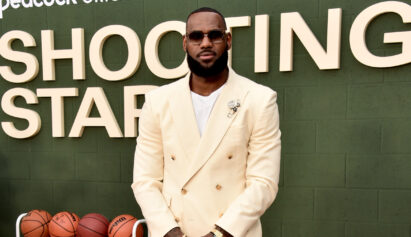Less-fortunate Princeton University students whose parents make less than six figures combined will get a free education there.
The Ivy League is taking a solid stance on making college more affordable by offering a free tuition package, including room and board, to most families whose annual income is less than $100,000 a year, Princeton announced in a press statement.

According to its website, the cost of attendance for 2022-23 is $79,540. This includes: tuition, $57,410; room fee, $10,960; board rate, $7,670; and estimated miscellaneous expenses, $3,500.
Student Aid the Princeton Way
The Ivy League School has been relieving students with aid packages for years. So, this latest aid program is not all that new — it has just been expanded. Previously families who make less than $65,000 a year were given the same financial aid. The new terms will take effect for all undergraduates starting in the fall of 2023.
Who Benefits
After President Joe Biden announced his student debt relief proposal, many higher education advocates collectively said that loan forgiveness worth upward of $20,000 per debtor would greatly benefit disenfranchised Black students.
But others also said this didn’t go far enough–that colleges must become less expensive.
“We really need to address the cost and the rising cost of college,” Sen. Elizabeth Warren (D-MA) told PBS after Biden announced his loan forgiveness. “And there are a lot of different ways we can do that… I have been working very hard on a piece of legislation that requires more transparency, so the schools actually have to reveal the true cost of going, how many graduate, how long it takes people to graduate, and how much money they make on the other side.”
For the student population seeking a bachelor’s degree in 2020-21, they were 39% white; 28% Asian; 11% Hispanic, Latinx, Mexican American or Puerto Rican; 10% Black/African American; 6% accounts for two or more races, Native American, Native Alaskan, Native Hawaiian and other Pacific Islander; and 4% is unknown, according to Princeton.
There has been an very slight increase in enrollment of Black students over the past decade, compared to the school’s data on the student population from 2009-10. At that time, 49% were white; 16% Asian; 13% unknown or not disclosed; 8% Black/African American; 8% Hispanic, Latinx, Mexican American of Puerto Rican; and 6% two or more races, Native American, Native Alaskan, Native Hawaiian and other Pacific Islander.
“One of Princeton’s defining values is our commitment to ensure that talented students from all backgrounds can not only afford a Princeton education but can flourish on our campus and in the world beyond it,” Princeton President Christopher L. Eisgruber said in the statement.
He added, “These improvements to our aid packages, made possible by the sustained generosity of our alumni and friends, will enhance the experiences of students during their time at Princeton and their choices and impact after they graduate.”
According to Princeton, 83 percent of its recent graduating seniors are debt free and 62 percent of its undergraduate students already receive some financial aid.




